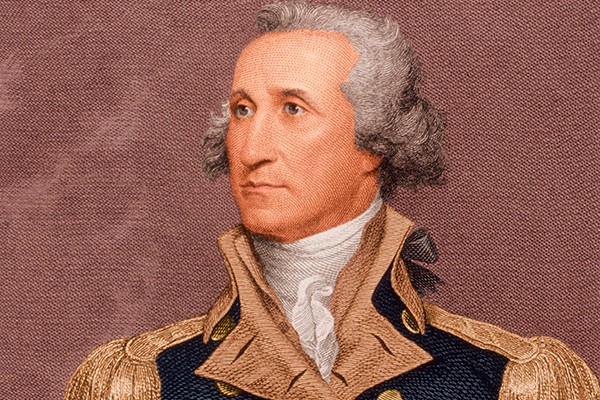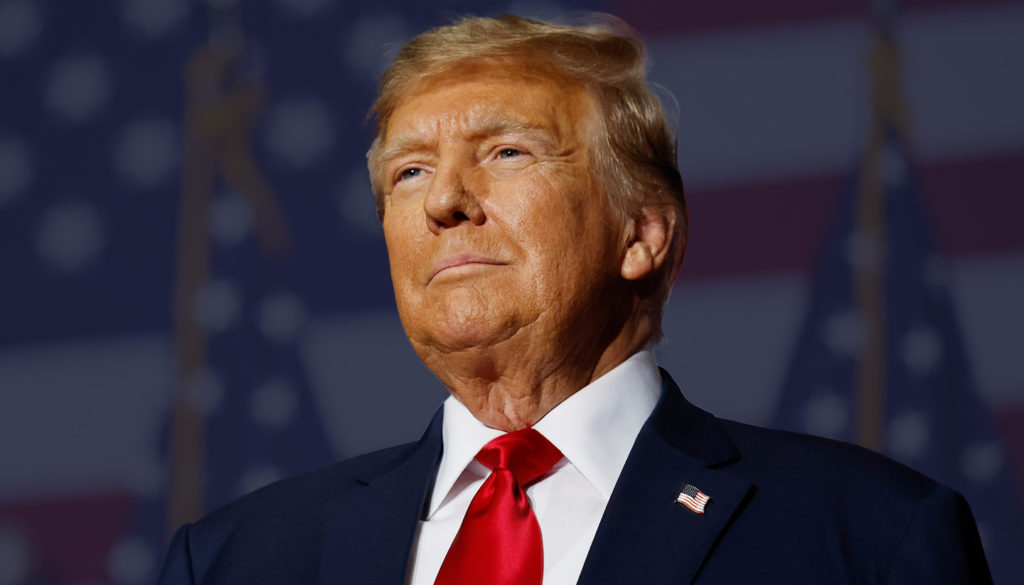
George Washington: The First President of the United States
johnbowe
- 0
johnbowe.info – George Washington stands as one of the most iconic figures in American history. As the first President of the United States, his leadership and actions played a crucial role in shaping the nation’s future. His journey from military commander to founding father and then to the first president of the United States is a remarkable story that continues to influence the nation’s identity.
Early Life and Background
Birth and Family
George Washington was born on February 22, 1732, in Westmoreland County, Virginia. His father, Augustine Washington, was a prosperous landowner, and his mother, Mary Ball Washington, was a woman of strong character. Washington was the eldest of six children and grew up in a well-to-do but rural Virginia household.
Education and Early Career
Although Washington did not have a formal education like many of his contemporaries, he was well-educated in practical matters. At a young age, he was taught mathematics, surveying, and other practical subjects, which would prove invaluable throughout his life. At 16, he began working as a land surveyor, and by the time he was 20, he had become involved in military service during the French and Indian War. This military experience would lay the groundwork for his future leadership.
The Revolutionary War: Washington’s Leadership in Crisis
The Start of Military Leadership
Washington’s role in the French and Indian War helped establish his military reputation. Although the conflict was a British colonial war, Washington served with distinction and learned valuable lessons in both strategy and leadership. However, it was during the American Revolutionary War that Washington’s true potential as a military leader was realized.
When the Revolutionary War broke out in 1775, the Continental Congress appointed Washington as the Commander-in-Chief of the Continental Army. Washington was a natural choice for the role, as he was a well-respected figure with experience in leadership and strategy.
Key Battles and Strategies
Washington’s leadership during the Revolutionary War was tested in several key battles, such as the Battle of Trenton, the Battle of Saratoga, and the harsh winter at Valley Forge. Despite many early setbacks, Washington’s ability to inspire his troops and make strategic decisions played a significant role in the eventual success of the Continental Army. His leadership during the winter of 1777-1778 at Valley Forge, where he kept his troops together despite dire conditions, became one of the defining moments of his military career.
The Final Victory
The decisive victory at the Battle of Yorktown in 1781, with the help of French forces, effectively ended the Revolutionary War and led to the Treaty of Paris in 1783. This treaty recognized American independence, and Washington’s leadership throughout the conflict earned him the admiration of both his fellow countrymen and foreign allies.
The Road to the Presidency
The Post-Revolutionary Era
After the Revolutionary War, Washington returned to private life at Mount Vernon, his plantation in Virginia. However, the new nation was struggling with issues such as a weak central government, economic instability, and internal divisions. Recognizing the need for a stronger, more unified government, Washington was called upon once again.
In 1787, Washington attended the Constitutional Convention in Philadelphia, where he was unanimously elected to preside over the proceedings. His influence was crucial in the drafting of the U.S. Constitution, which would replace the Articles of Confederation and establish a stronger federal government. Washington’s support of the Constitution helped to ensure its ratification.
Election to the Presidency
When the new Constitution was ratified in 1789, Washington was the clear choice for the nation’s first president. He was elected unanimously by the Electoral College, and on April 30, 1789, he was sworn in as the first President of the United States. Washington’s election was a testament to the trust the American people had in his leadership.
Washington’s Presidency
Establishing Precedents
Washington’s presidency was characterized by the establishment of precedents that would shape the future of the United States. He carefully balanced the power of the executive branch, ensuring that the presidency was strong but not overbearing. One of his first acts was to establish the Cabinet, a group of advisors who would assist him in running the government. Washington also set a precedent by stepping down after two terms, reinforcing the idea of peaceful transitions of power.
Domestic and Foreign Challenges
Washington’s presidency was not without its challenges. Domestically, he had to address economic issues, such as the national debt, and manage the conflict between Federalists and Anti-Federalists. He appointed Alexander Hamilton as his Secretary of the Treasury, and together, they worked to create a sound financial system for the young nation.
In foreign policy, Washington sought to keep the United States neutral in the conflicts between European powers, especially the wars between Britain and France. His Neutrality Proclamation of 1793 established the principle that the United States would avoid entangling alliances with foreign nations.
The Whiskey Rebellion
One of the most significant domestic challenges Washington faced was the Whiskey Rebellion of 1794. Farmers in western Pennsylvania rebelled against a federal excise tax on whiskey. Washington responded decisively, sending federal troops to suppress the rebellion. This demonstrated the strength of the new federal government and its ability to maintain order.
Washington’s Legacy
Stepping Down and Retirement
After serving two terms in office, Washington chose not to seek a third term, setting a precedent for future presidents. In his farewell address, he warned against the dangers of political parties and foreign entanglements. Washington’s decision to step down helped to solidify the principle of democratic leadership, where the president was not a monarch and power was transferred peacefully.
Washington returned to Mount Vernon, where he lived for just a few more years. He passed away on December 14, 1799, at the age of 67. His death marked the end of an era, but his legacy as the “Father of His Country” endures.
Lasting Impact
George Washington’s impact on the United States cannot be overstated. His leadership during the Revolutionary War helped secure American independence. His presidency set critical precedents for the role of the president and the functioning of the federal government. Even in retirement, Washington remained a symbol of unity and strength.
Today, Washington’s legacy continues to be honored through monuments, place names, and his place in the hearts of the American people. His life and actions laid the foundation for the nation, and his vision of a free, independent, and unified country continues to guide the United States.

